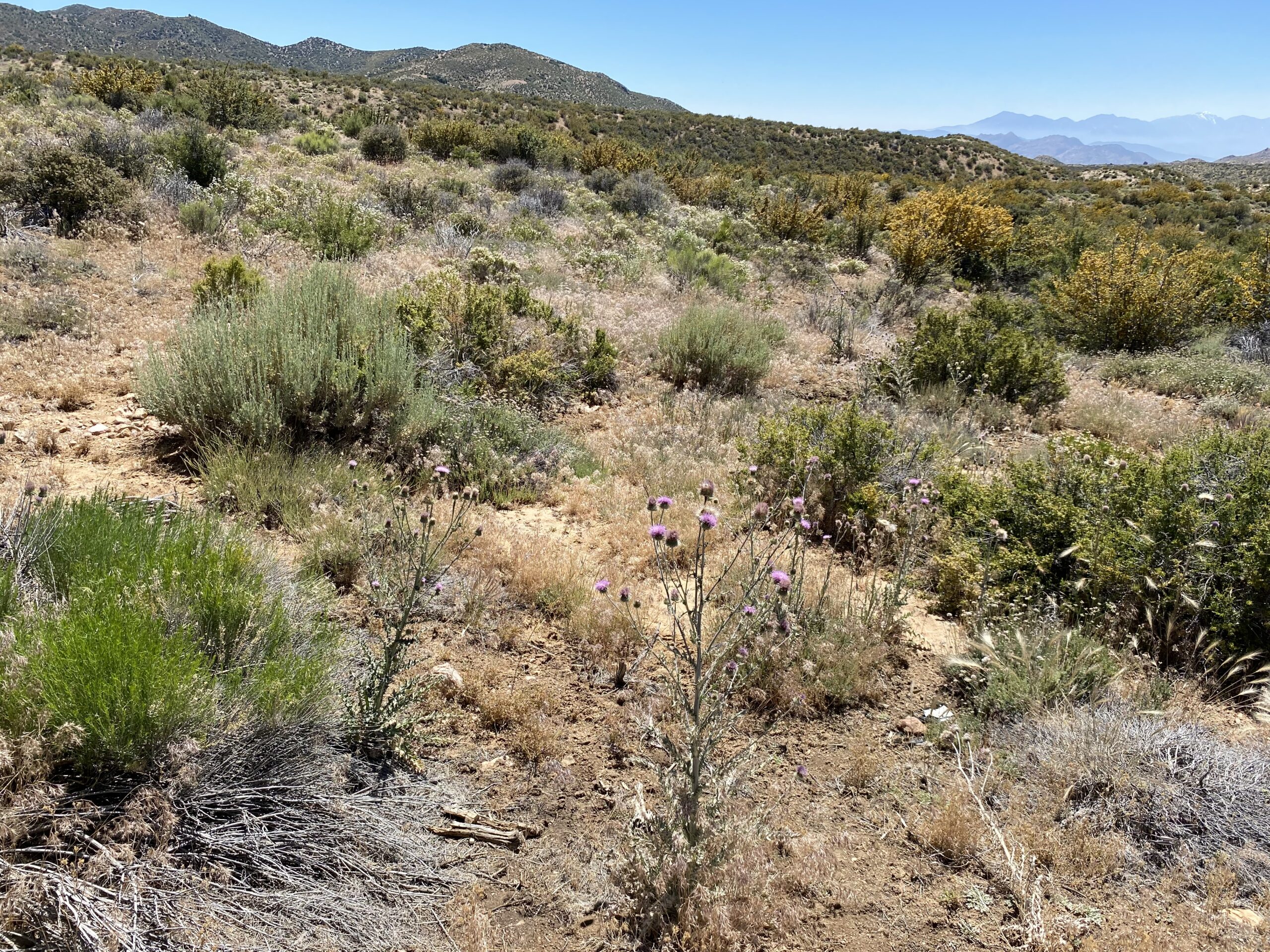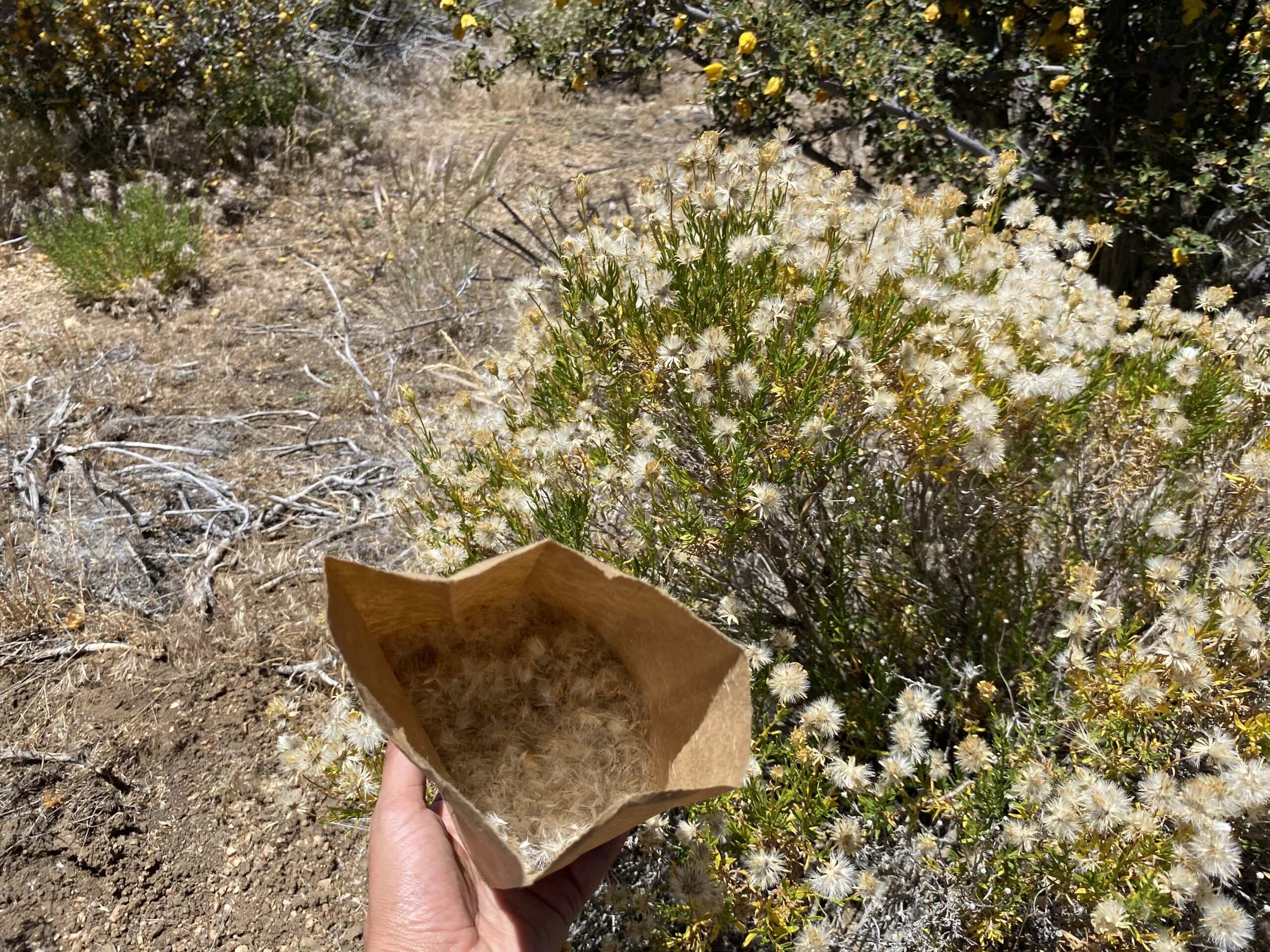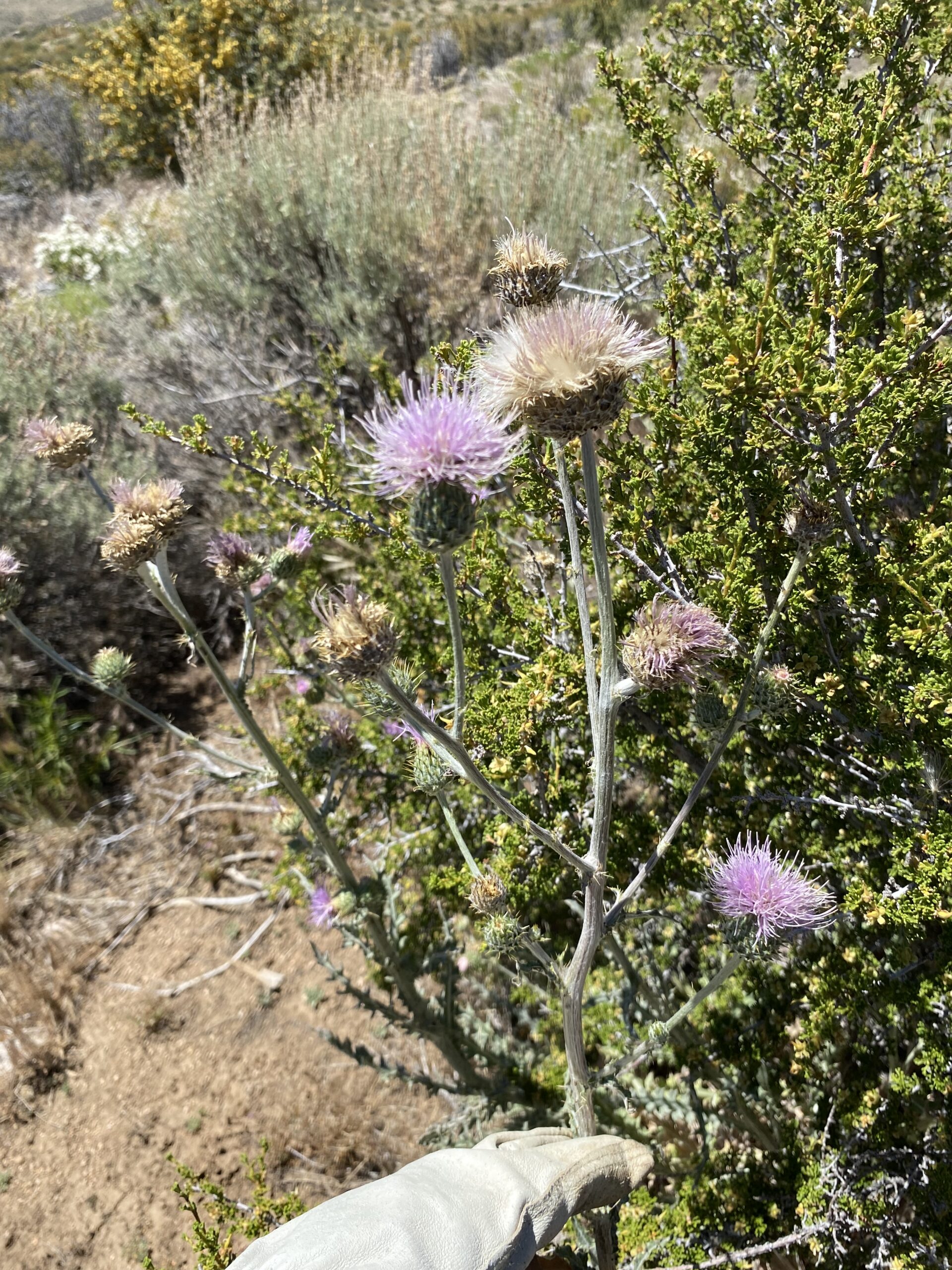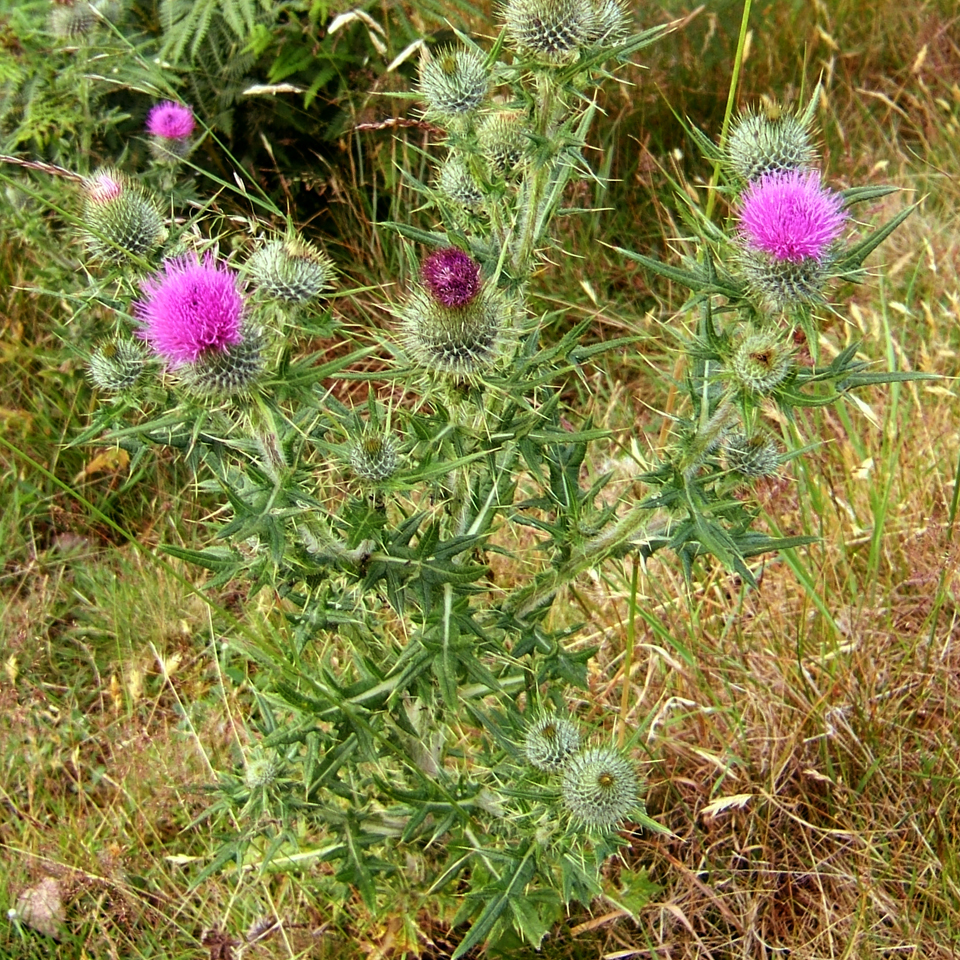
What’s my favorite part of seed collecting and weed treating?
The berry picking.
During my time here in the Umpqua, I have successfully established myself as “the berry girl” to those that I work with most frequently.
Wild strawberries, thimbleberries, and blackberries have become a part of my daily diet. Not intentionally or by planning. They just so happen to be growing wherever we are in the Forest – like little presents presented to me throughout the workday.
Collect a seed, eat a berry. Pull a weed, eat a berry.
Whenever I first arrived in Oregon in late May, the berries were not ripe enough to eat, perhaps just barely formed or not at all. To my delight, however, June brought growth and development – for the plants and myself.
Like the briars of the wild, native blackberry, moving away from home can sting – bringing about uncomfortable, newfound independence and solitude. The only way to avoid getting scratched is by not picking the berries.
But also like the berry, moving has been and can be incredibly sweet and satisfying. So I say, pick the berries! experience life. move to a new place. start a new job. meet new people.
Berry picking is a toss-up. Regardless of how well you think you’ve selected your seemingly ripe fruit, sometimes you still end up with a rather tart or bland taste or even a few bugs … Thankfully, I can say that the Umpqua has been exactly what I wanted and so far, the sweetest of picks.
I do think that I will be quite sad when berry season is over. Maybe that is why I have an ode to blueberries on my arm – a tattoo to commiserate my time in Maine last summer where wild blueberries grew like grass in fields around Acadia National Park.
Thinking back, I do suppose that I find berries wherever I go, like hallmarks of my summers and travels.
So I make the time to find the best berry patches after work and on the weekends. I enjoy their existence while there is still time because seasons don’t wait for us. We live according to the seasons and whether or not we experience them to the fullest is on us.
So I pick while I can and I live while I can – enjoying the briars and the berries that I find along the way.
-CM






